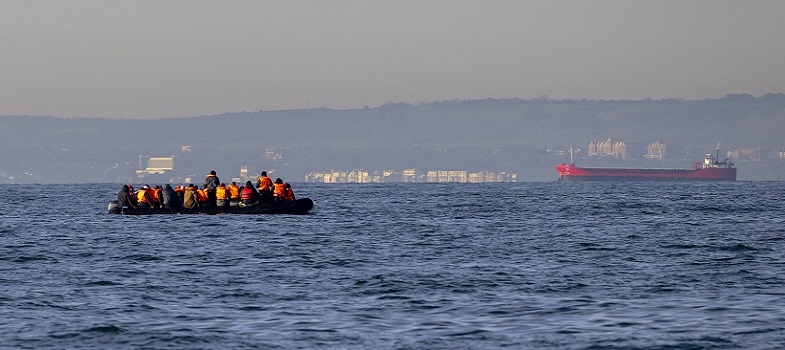2.1.1. Freedom of the high seas and territorial waters
The matter of what states have legal control over which zones of the sea is important for SAR. This is because SAR vessels need to understand the laws of what state they may be subject to. All of the sea was once thought to be capable of being subject to jurisdiction by states, much in the same way that land is.
For example, the Portuguese in the seventeenth century proclaimed large areas of the sea as part of their territory. Hugo Grotius, the Dutch jurist and philosopher, argued in his work Mare Liberum (1609) that states should not be able to do this, and the seas should be open to use by all (‘Mare Liberum’ means ‘free sea’ or ‘freedom of the sea’). This eventually became accepted, and freedom of the high seas became a fundamental principle of international law.
However, not all seas are considered to be open. In basic terms, the sea can be split into two areas of maritime space or jurisdiction. These include those under state jurisdiction, and then there are high seas, which are beyond state jurisdiction but are where states can exercise some powers (as will be discussed in Section 2.1.2).
In 1982, the United Nations Convention on the Law of the Sea (UNCLOS or LOSC) was drafted. This came into force as a convention of international law in 1994 (later to be amended, but this is outside the scope of this course), and currently has 168 state parties. UNCLOS allowed for greater state control over the seas and the seabed. Through UNCLOS we can identify new categories of zones of the sea over which states have varying levels of legal control, including the contiguous zone, the continental shelf, and the more recent exclusive economic zone (EEZ).
2.1 Introduction to international law and the law of the sea

